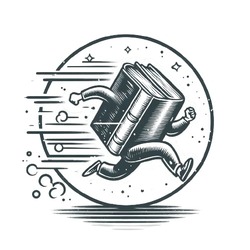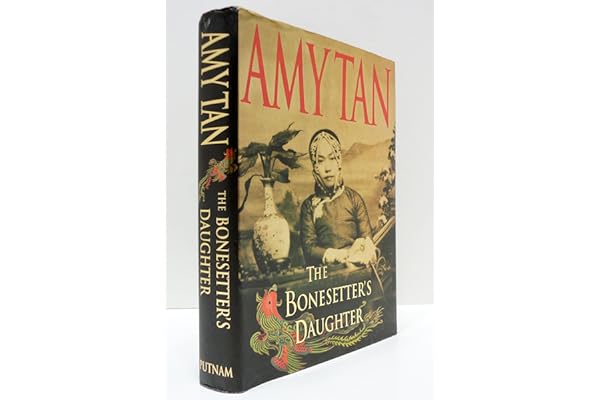Summary:
The Bonesetter’s Daughter by Amy Tan is a novel that follows the journey of Ruth Young, a Chinese-American woman, as she explores her past and uncovers family secrets while caring for her mother who is suffering from Alzheimer’s disease. Set in both modern-day San Francisco and 1930s China, the novel explores themes of identity, memory, and the power of storytelling.
Book Genre:
Fiction, Historical Fiction
Main Topic:
The main topic of the book is the complex relationship between mothers and daughters, and the impact of cultural and generational differences on this bond.
Key Ideas:
- The importance of storytelling in preserving and understanding one’s past
- The struggles and sacrifices of Chinese immigrants in the United States
- The effects of Alzheimer’s disease on individuals and families
Main Parts of the Book:
- Part One: Memories of Wild Swans
- Part Two: Songs of the Bonesetter’s Daughter
- Part Three: The Art of Seeing
In this section, Ruth introduces her mother, LuLing, who is slowly losing her memories and her ability to communicate clearly. As Ruth attempts to care for her, she discovers a package of papers containing LuLing’s writings in Chinese.
In the second part, Ruth begins to translate her mother’s writings with the help of a Chinese-American librarian, and learns about her family history and LuLing’s past in China during the 1930s.
The final part of the novel focuses on Ruth’s trip to China to visit her mother’s village and uncover the truth about her family’s past.
Key Takeaways:
- Family secrets and the impact they have on relationships
- The importance of communication and understanding in relationships, particularly between mothers and daughters
- The role of culture and traditions in shaping one’s identity
- The lasting effects of trauma and how it can be passed down through generations
Author’s Background and Qualifications:
Amy Tan is an American author of Chinese descent, known for her bestselling novel The Joy Luck Club. She has a Bachelor’s and Master’s degree in English and Linguistics and has received many awards for her writing, including the National Book Award and the Los Angeles Times Book Prize.
Target Audience:
The Bonesetter’s Daughter would appeal to readers interested in family dynamics, Chinese culture and history, and stories about the immigrant experience. It may also resonate with those who have personal experience with caring for a loved one with Alzheimer’s disease.
Publisher and First Publication Date:
The book was published by G.P. Putnam’s Sons in 2001.

